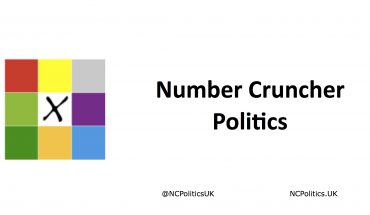I thought I'd take a look at historical gender patterns in voting. My source is MORI's "How Britain voted” series, which provides estimates of voting patterns among various demographic groups, plus the latest Ipsos-MORI poll for comparison.
Although Labour now routinely does better with women and the Conservatives better among men, the reverse was true until surprisingly recently. Also surprising to some is that the one-time Tory outperformance with women voters had little to do with Margaret Thatcher – the gender split was bigger under Ted Heath in October 1974 (the first election for which this data is available) than at any election since.
It looks more like a secular trend, and may reflect Labour’s roots in (male-dominated) trade unionism, something less apparent in modern trade unions, and particularly those in the public sector. In 2005 and 2010, Labour outperformed substantially among women and the Conservatives slightly among men, and for the two largest parties at least, that still seems to be the case heading into the 2015 election.

The Lib Dems and their predecessors have almost always done better with women than men (in 1987 and 1992 they did equally well). In 2010 the gap was four points – the biggest ever – whereas this year the Party might actually attract less support from women than men for the first time on record. While I don’t have access to the data in sufficient detail to say for certain, it’s telling that both Green voters and those who “don’t know” are disproportionately both female and those that voted Lib Dem in 2010.
The data doesn’t cover other parties.
A history of voting patterns by gender
|
8th March 2015 |




